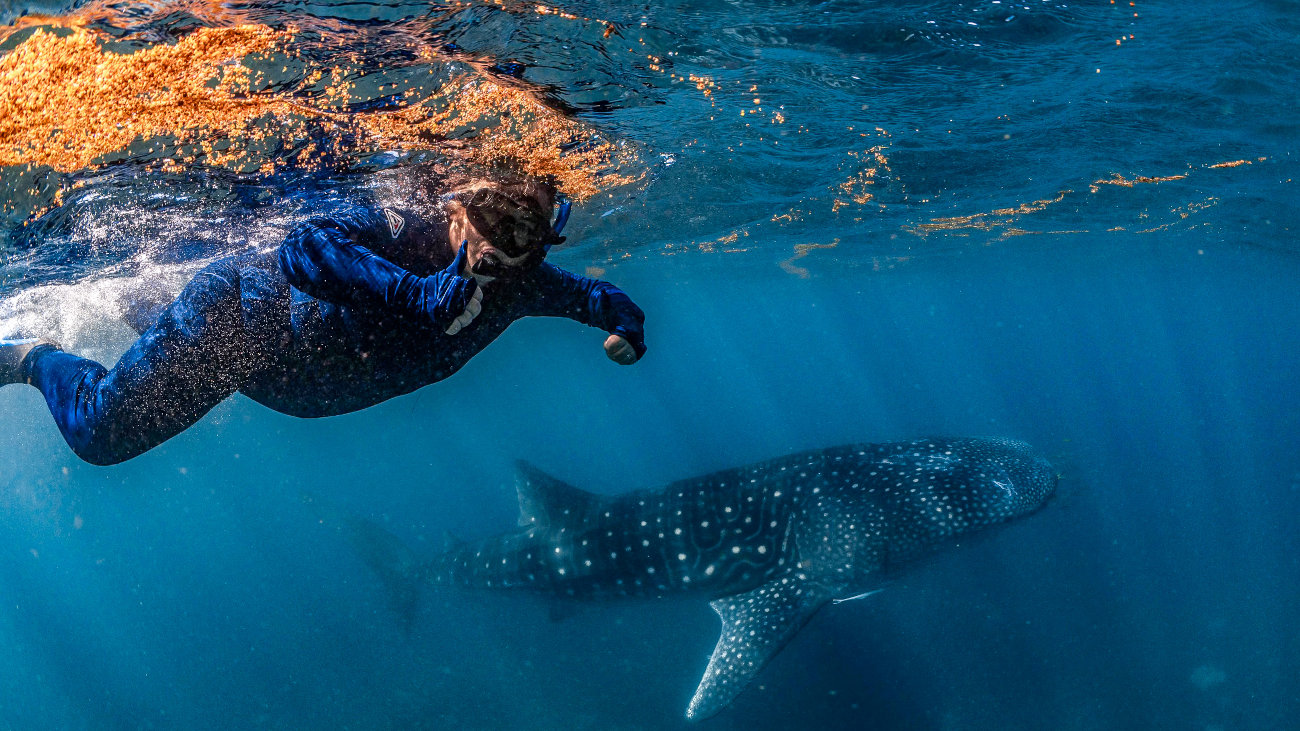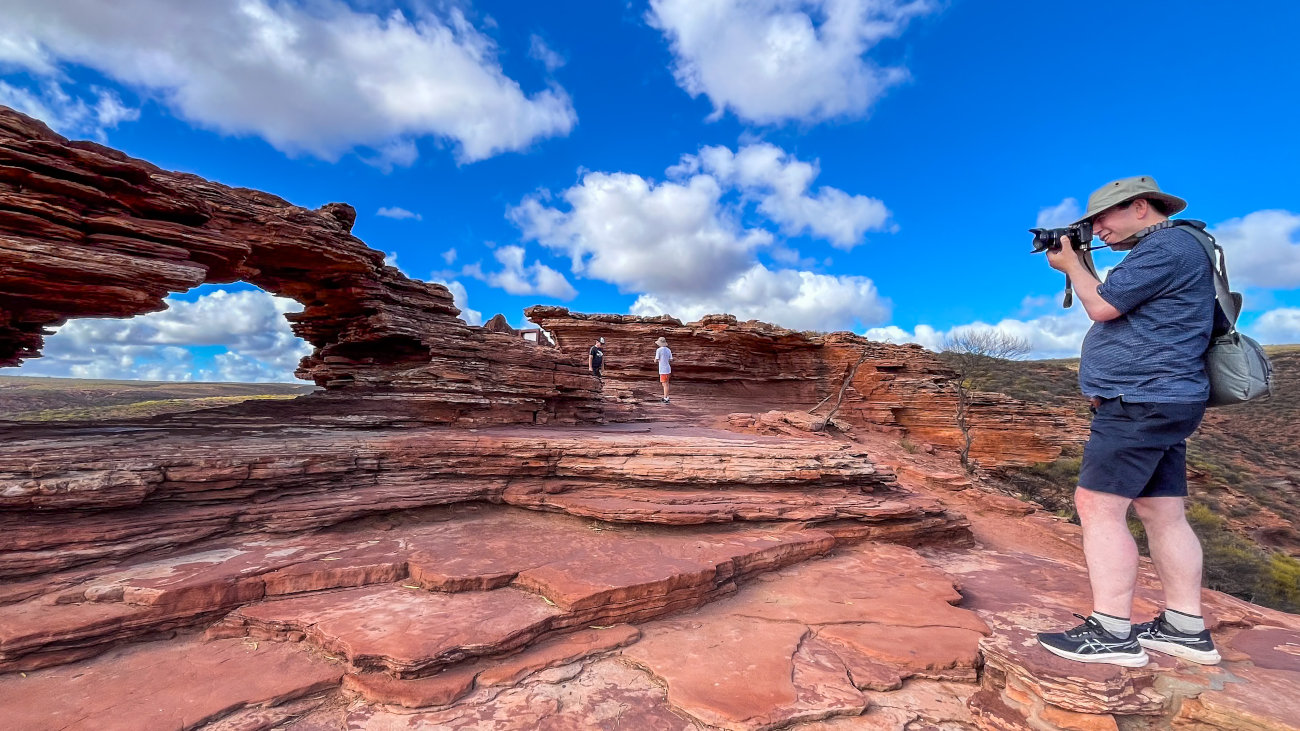Ian Courtney: from nuclear base designer to global defence and security market leader
With a career spanning nearly four decades, Ian Courtney has helped shape the future of defence infrastructure across the UK and Australia. From his early days designing naval bases to leading Mott MacDonald’s global defence and security market, Ian’s story is one of strategic thinking, client focus, and the power of long-term relationships.

Tell us about your career journey with Mott MacDonald
I started on 19 July 1988 with James Williamson and Partners, a small consultancy of about 150–200 staff. We specialised in hydropower and were also involved in designing major parts of the Faslane nuclear submarine base near Glasgow, Scotland. So, my first job as a graduate civil engineer was working on the design of nuclear submarine base infrastructure.
I joined Mott MacDonald when it acquired James Williamson and Partners and I’m still here, 37 years later. Now, I’m based in Adelaide, Australia, supporting our defence growth across the region and contributing to the development of another submarine base. It’s a full-circle moment, applying decades of lessons learned to deliver a better product from the outset.
Have you always worked in defence?
No. I started as a civil engineer working on nuclear defence infrastructure but later moved to Inverness in the mid-90s to work on a wastewater treatment project – one of the first in the UK to undergo a full environmental impact assessment. Around that time, the UK government introduced the Private Finance Initiative (PFI) to address funding gaps for major infrastructure. Our wastewater project became a flagship for this model, allowing the private sector to fund and build facilities, which the government would then “rent”.
I spent five years working on PFIs across sectors – wastewater, hospitals, schools, waste, and even streetlighting – collaborating with engineers, contractors, lawyers, and financial advisers. What stayed consistent across all these projects was the importance of clearly defining outcomes, aligning incentives, and allocating risk appropriately. That learning has stayed with me throughout my career.
What led you back into defence work?
Our defence client at the Faslane Submarine Base called me needing a cost estimate for a major infrastructure upgrade. Rather than deliver it remotely, we embedded a five-member team within the client organisation for three months to better understand the project and its challenges, as well as the client and stakeholder environment. The decision to co-locate and build relationships led to a strong, enduring partnership and six years of direct awards. That experience helped us expand into other nuclear defence programs at Devonport, AWE, and now here in Australia. Looking back, that one phone call – and how we responded to it – was a turning point that changed our growth trajectory. You never know which opportunity will be the seed of something big.
What’s your current role?
I’m the global defence and security market leader. My role is to connect teams across the UK, US, and Australia to support global clients and their programmes. Right now, I am based in Australia to support the AUKUS initiative helping Australia build a fleet of nuclear-powered submarines and the infrastructure to support them.
It’s a multi-stranded involvement. One example is “Project Boomerang”, which sends Australian engineers to the UK to gain nuclear experience before returning to Australia to support our growing local workload. So, my role is also about building sovereign capability and transferring global expertise.
How does defence align with Mott MacDonald’s purpose?
Defence is a vital enabler of our purpose: to use our expertise for the benefit of our clients and the communities they serve. Communities thrive when they’re stable, safe, and secure, which are conditions that Defence upholds. By supporting Defence's mission, we contribute to community resilience and wellbeing.

What do you enjoy about working at Mott MacDonald?
It’s hard to compare because I’ve only ever worked here. But I’ve always loved major programmes and the flexibility to pursue opportunities. The entrepreneurial spirit and our ability to tailor solutions to client challenges are what keep me engaged. No one told me to pursue the defence business – I saw an opportunity and went for it. That kind of agility is rare. Of course, we need to prioritise and be selective about what we pursue, but good ideas are respected, and support provided.
What has been a career highlight?
Coming to Australia to lead the next chapter in defence is a personal and professional highlight. We’re now working on major defence frameworks that will shape our business and the sector for the next 10-20 years. I look forward to visiting Australia when I’m 80 and seeing what we’ve built.
How do you demonstrate technical excellence?
For me, technical excellence means surrounding yourself with the best engineers and creating the right environment for them to thrive. It’s about delivering what the client needs – whether that’s performance, speed, affordability, or excellence. It also means knowing when to use our standard approaches and when to tailor them. Defence, for example, has unique nuances that require adaptation.
What advice would you give to graduates?
Think about the culture and ownership model of the company you join. It’s not just about training schemes or projects – it’s about whether the company aligns with your long-term goals. Ask questions about governance, flexibility, and values. These things shape your career more than you realise. And most importantly – stay curious. Keep asking questions. Challenge assumptions. Test ideas. That’s how you grow.
If you started a company from scratch, what values would you build it on?
Trust, transparency, flexibility, and diversity of thought.
Clients value honesty and can spot insincerity a mile away. If you don’t have the right people, say so – and work with them to find solutions. That transparency builds stronger relationships.
Diversity of thought is also essential, even if it’s challenging to manage. By bringing different perspectives into the room, it leads to better outcomes. Every project benefits from people who think differently, challenge assumptions, and approach problems from unique angles.
What’s one thing few people know about you?
I’m dyslexic! It’s been a challenge, especially in school and with the volume of writing in engineering. But over time, I’ve come to see it as a strength. Dyslexia pushed me to develop strong visualisation skills. I rely heavily on “hero diagrams” – visual representations that convey complex ideas more effectively than pages of text. These diagrams have become a cornerstone of how I communicate with clients and teams and help everyone get on the same page. Dyslexia forces you to find alternative ways to process and present information, which can lead to clearer, more intuitive solutions. So, while it’s been a pain at times, it’s also helped me become a better communicator and problem solver.
What’s the most important thing you know?
Take the work seriously, but don’t take yourself too seriously. Enjoy the journey and help others enjoy it too.
FIND YOUR NEXT JOB WITH US
We are looking for enthusiastic, inspiring, and committed people to join our growing team.



